

Plants that are included in the group “succulents” are very different, as they are connected not by common origin, but by similar habitats
Succulents occupy a special position in the world of flora. Representing a large group of plants, they are not related to each other. Numerous associations have arisen, in the literal sense, on arid soil. The conditions in which these plants grow, and the appearance of flowers formed under their influence, allowed scientists to distinguish representatives of different families into a separate detachment.
Content

Shallow fancy-shaped pots or unusual materials are best for succulent indoor plants.
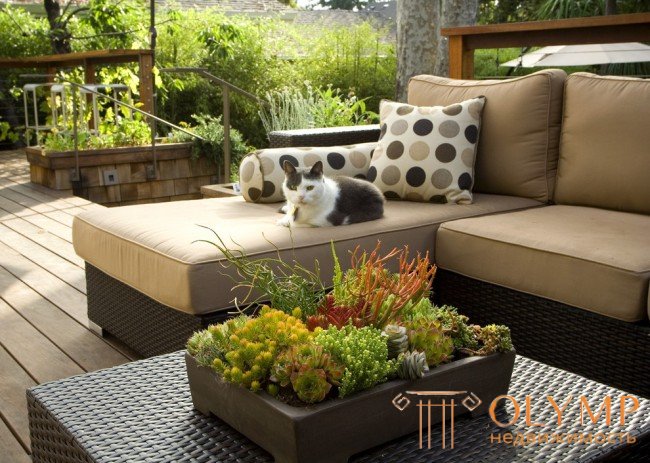
A common feature of these very different plants is the shape of the fleshy leaf or stem, and not related origin. Each of the nearly forty plant families has at least one representative succulent.
For all succulents is characterized by the presence of a dense cover of bristles, hairs, and spines. All plants succulents differ in fullness and are decorated with fleshy stems and leaves with a bluish bloom. Both cover and plaque are included in the arsenal of plant protective agents that protect them from death in the complete absence of moisture. Moreover, it is successfully accumulated by plants in the leaves and stems. The search for water in the depths of the earth is occupied by a powerfully developed root system of succulents.
Game: Perform tasks and rest cool.8 people play!
Play game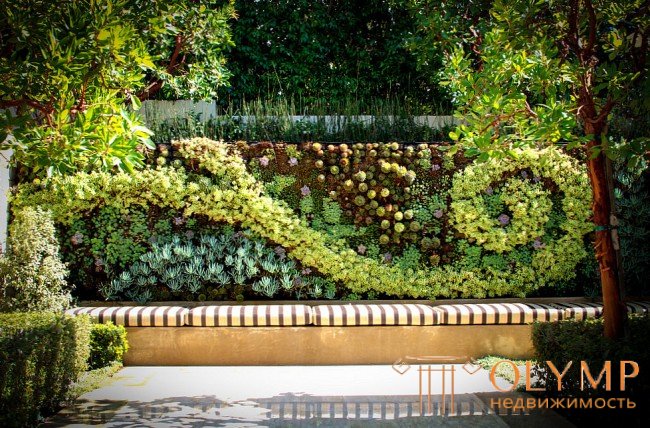
At the height of fashion in landscape design - vertical gardening with succulent plants. Even large-scale mosaics can be planted
An impressive appearance and tremendous adaptability to the meticulous care brought the flowers of succulents to landscape designers' favorites. Today they are experiencing a peak of popularity and are actively used for arranging alpine slides, rockeries , creating original compositions of succulents in pots.
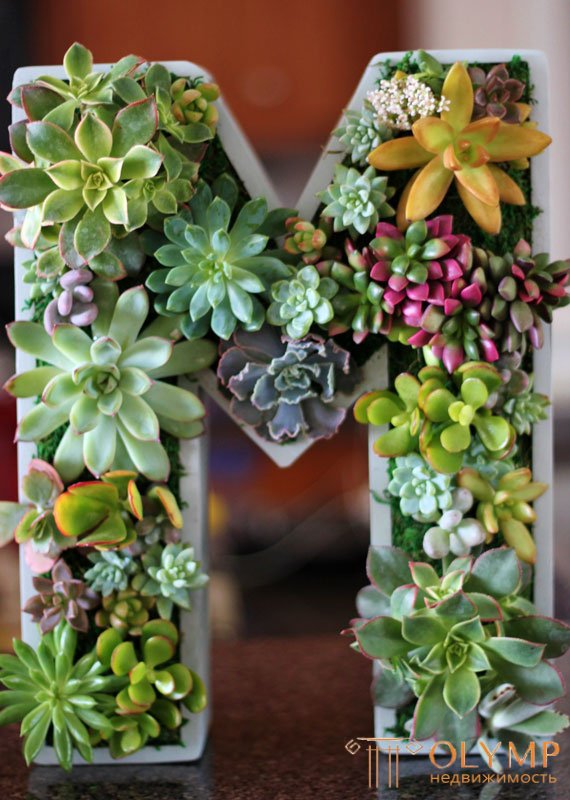
The possibilities of interior and outdoor decoration with the help of succulents are endless
Game: Perform tasks and rest cool.8 people play!
Play game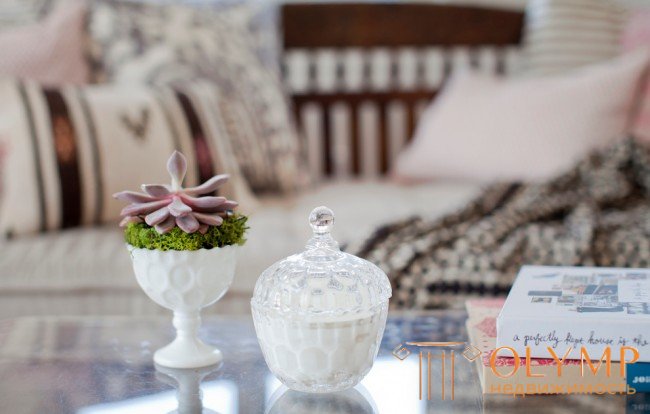
A common and loved by many indoor flower - Echeveria. The color of its leaves varies greatly
The simplicity of the plants is so high that even a child can grow succulents at home. And yet, in order not to offend such a large group with a cool attitude, certain rules of caring for them exist.
In temperature conditions, plants prefer moderation. For them it is also important that the daytime temperature differs from the nighttime temperature by 4-5 degrees.
By illumination, most succulents prefer bright light, but there are species that need a little shade.
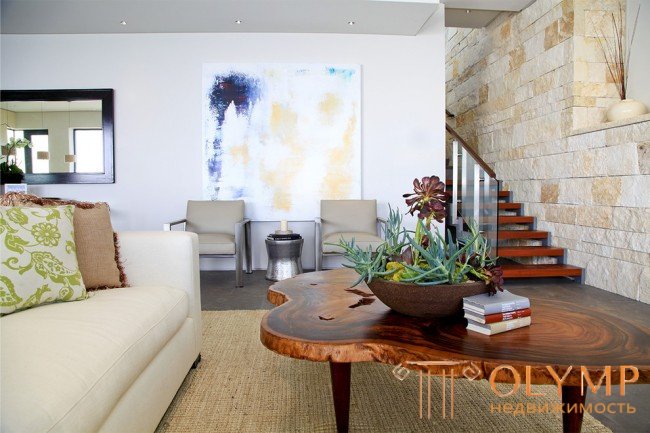
Some succulents feel best in shaded places, but the most common place to keep them is on the windowsills of the house.
In irrigation should focus on the degree of dryness of the soil. However, it is well known that room succulents left for a week or two unsupervised are well aware of the lack of moisture, since by nature they are ready for this.
The soil is breathable and crumbly. For homemade succulents, it is important to provide a good drainage layer.
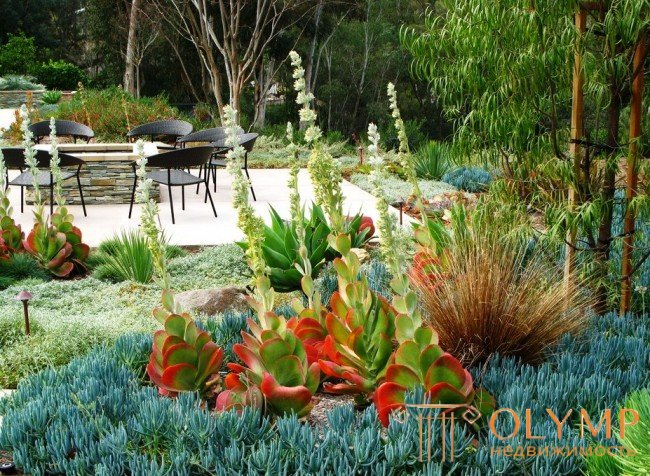
The greater the difference in color of the leaves of different succulents planted nearby, the more unusual the landscape composition looks.
For all succulents, home care begins with the right fit. Landing capacity should be almost flat. As a substrate, use ordinary forest land mixed with 1/4 of river sand and 1/5 of charcoal.
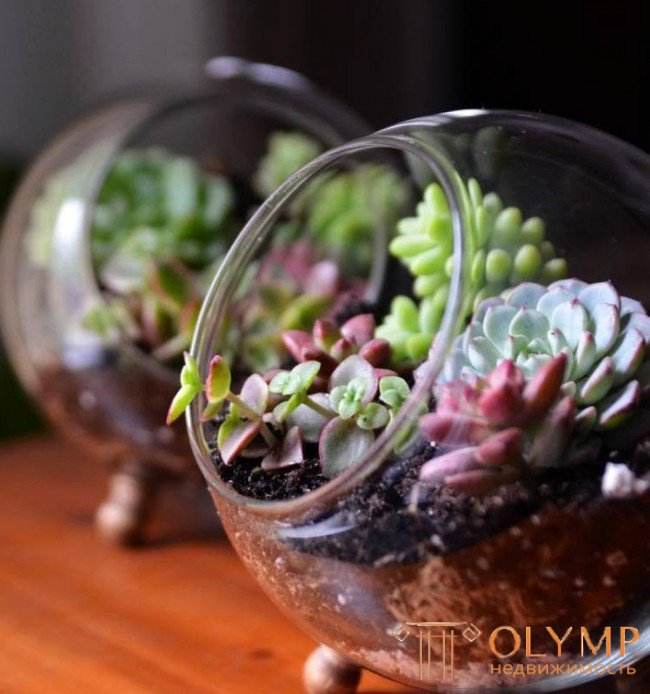
Succulents are often contained in florariums, their transparent bottom allows openly demonstrating layers of soil and sand.
Succulents are propagated by stem cuttings and leaves. A separated stalk cannot be placed in water; it must be allowed to dry for two days and then be planted immediately in the ground. The leaves are simply laid on damp ground, leaving open. The best time to breed is from April to August.
If succulent seeds are used for propagation, a well-matured and fresh material should be chosen. It is difficult to get one at home, so it’s worthwhile to dwell on a simpler, vegetative reproduction method.
Important! You want your home succulents to bloom regularly - keep them in ascetic conditions, with poor soil, minimal watering and in a flat pot.
For those who are just developing succulents and caring for them, we have prepared the top 10 most popular types.
Game: Perform tasks and rest cool.8 people play!
Play game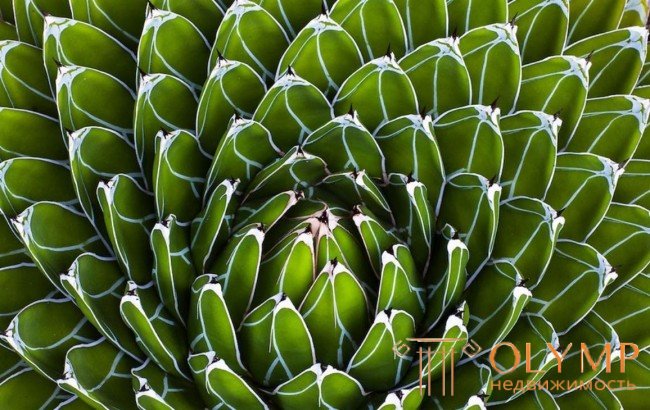
The fleshy triangular leaves of Queen Victoria's Agave up to 15 cm long are bordered with white and form the correct rosette
Euphorbia Mil or “crown of thorns”, the most popular succulent among gardening beginners. It is a thorny shrub, the tops of the stems of which are decorated with elongated, dull green leaves. The flowers are collected in complex inflorescences and painted in white, pink and yellow shades.
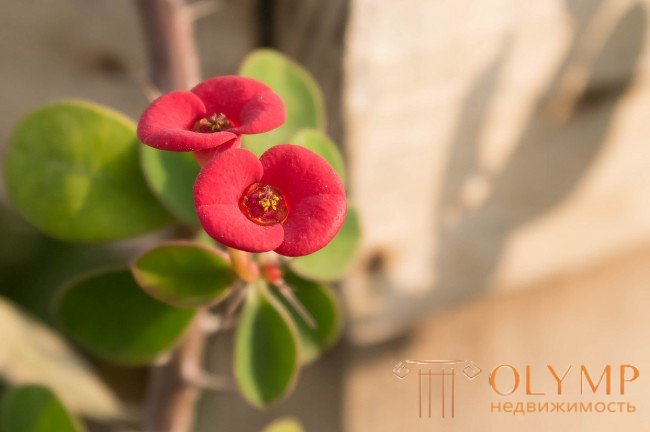
Euphorbia come in various forms - similar to cacti and shrubs
Lithops or "living stones" - the perfect look for rockeries. Lithops imitates small boulders so much that they are difficult to see among real stones. They adore the bright sun, bloom in July-August, the inflorescences resemble daisy. Despite its proximity to the ground, the species is very resistant to diseases and pests.
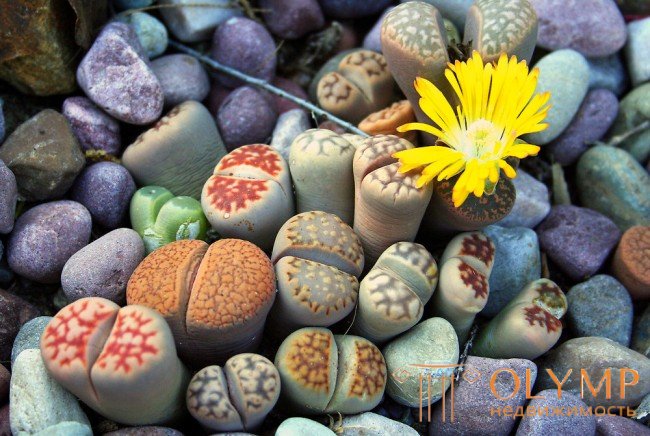
Lithops due to reduced leaves resemble pebbles, corals or sea pebbles
Eonium treelike is a shrub, up to 90 cm tall, with beautiful, collected in the correct rosettes, leaves of green or red color. It prefers a bright light in summer and in winter. As an ornamental plant used in the Japanese stone gardens, alpine slides, looks good on the windowsill.
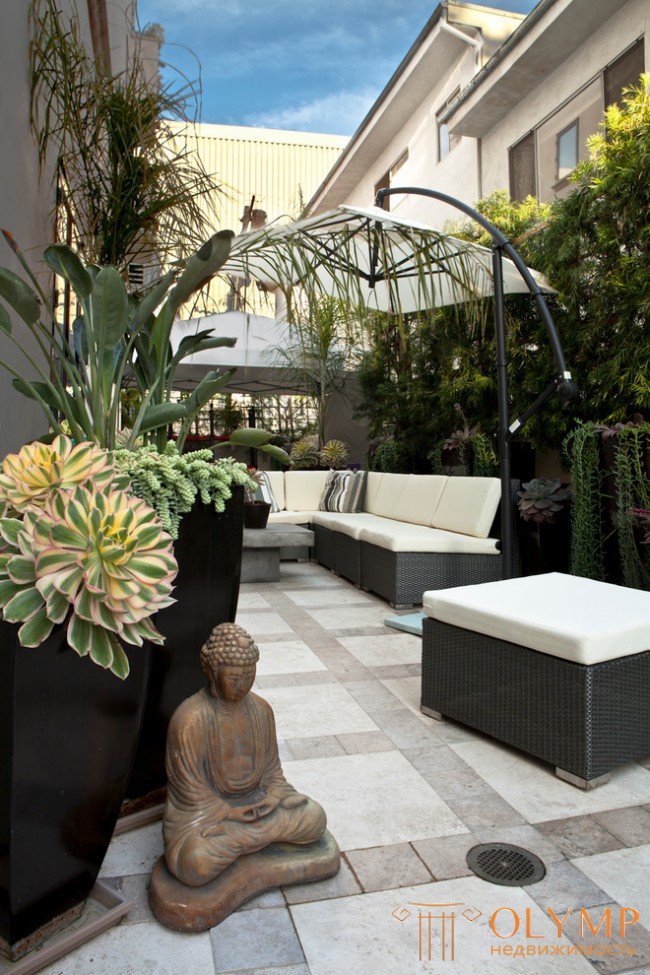
Unusual yellow-green coloring of aeonium leaves
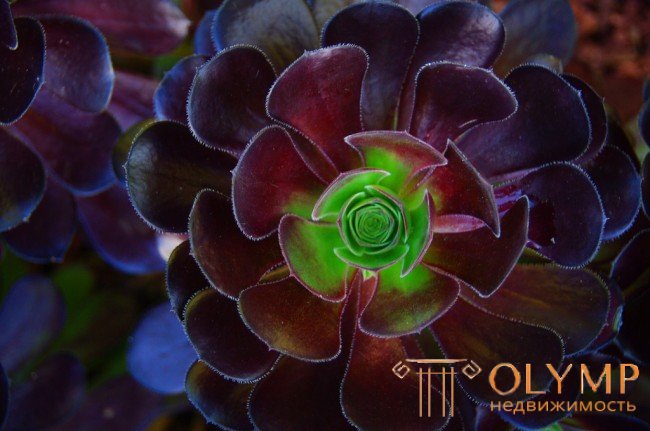
The edges of the glossy leaves of the eonium tree can be almost black, which gives an incredible decorative effect
Echeveria agavid is well known to many gardeners. As with all succulents, home care for this species does not require much effort. If we talk about decorative qualities, it is enough to present a green rose without a stem, with fleshy leaves covered with a waxy coating. Under favorable conditions, it blooms in early summer, releasing 30-40 cm arrows with red-yellow flowers on the tops.
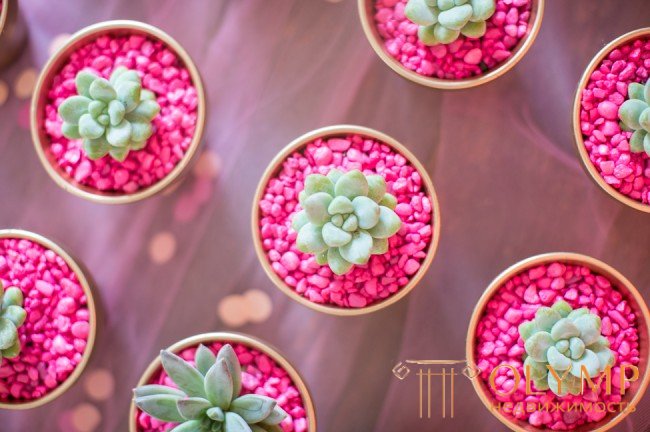
Echeveria - a favorite of gardeners and beginners. Its decorative properties allow you to combine and complement it with anything.

Bluish-purple color of matt leaves of echeveria
Game: Perform tasks and rest cool.8 people play!
Play game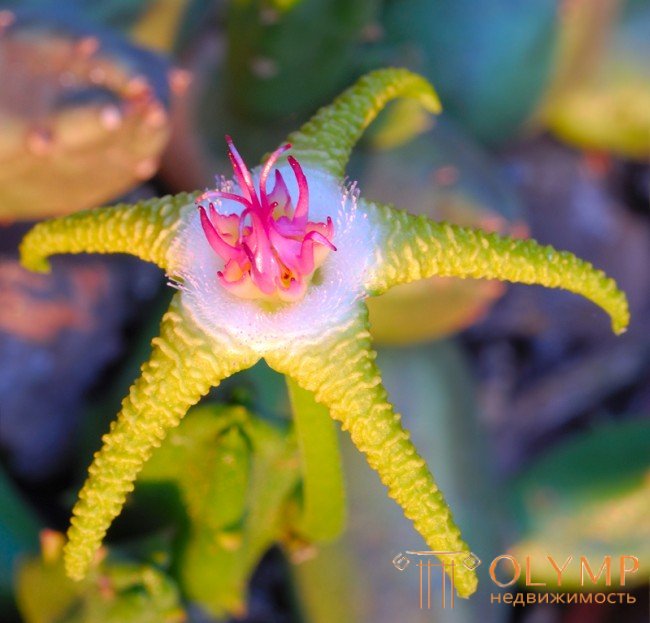
Stapelia flavopurpurea - one of the varieties of the stocks, which has about 100 species
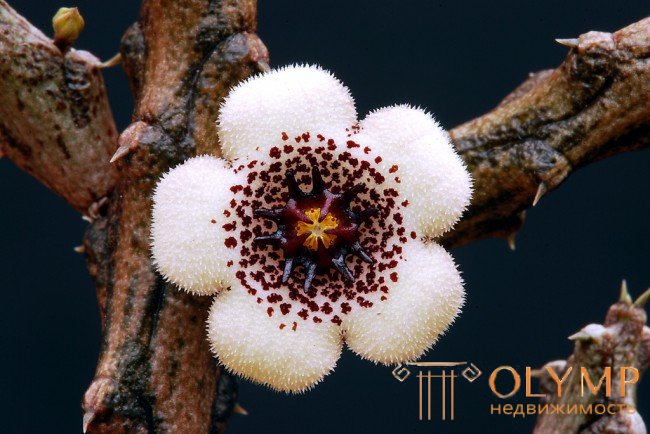
Stapelianthus arenarius Madagascar is a beautiful island flower. Like almost all succulents, it feels good in a humid air environment.
Gasteria is a stemless species with thick, fleshy leaves forming a high rosette. The leaves are abundantly covered with projections and light specks. The root system is poorly developed, so you should be especially careful in watering the flower. It blooms in early spring, throwing from the center of the rosette a long peduncle with bright orange or white flowers that look like elongated bells.
Game: Perform tasks and rest cool.8 people play!
Play game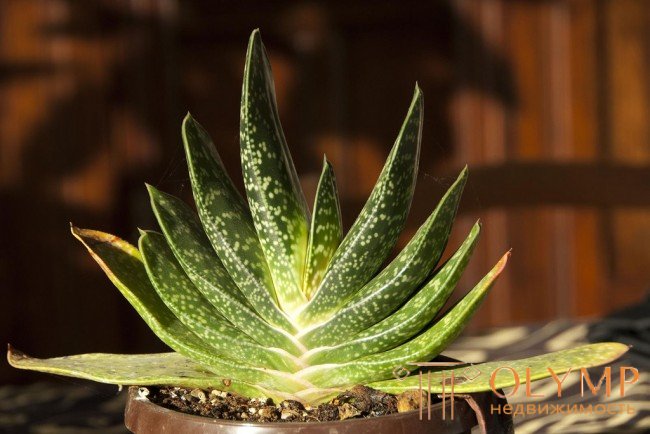
Gasteria requires caution in care, as its root system is poorly developed. You can keep it in very small pots
Abromemella is related to pineapple, representing its dwarf form. The plant does not have one outlet, it collects into the cushion or turf a multitude of small outlets, forming from them a magnificent ball. It grows on poor soils, under the bright sun.

Abromemella is related to pineapple. It forms a dense rounded pillow of sockets of small green leaves.
Aloe vera - frequenter windowsills and garden compositions. A fluffy rosette is formed from high swept leaves, with fleshy flesh and a soft, green color. The edges of the leaves are framed by small spines. Treats curative plants.
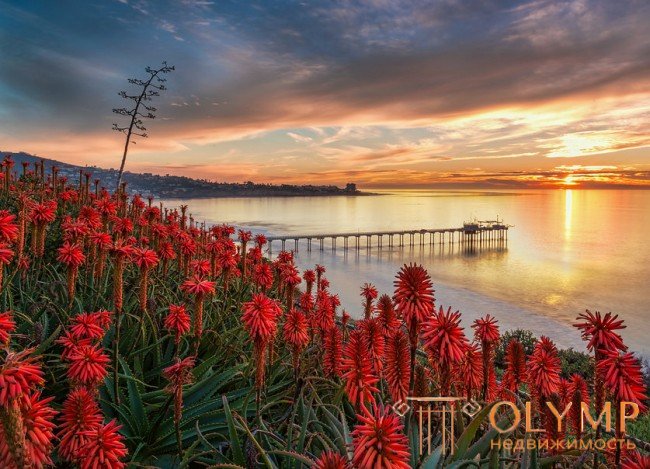
Aloe Vera Tropical Garden
Argyroderma , another representative of "living stones", with amazing, gray-green or lime-green leaves of rosettes. The flowers are like asters . The plant is great for decorating rockeries and spectacular home compositions.
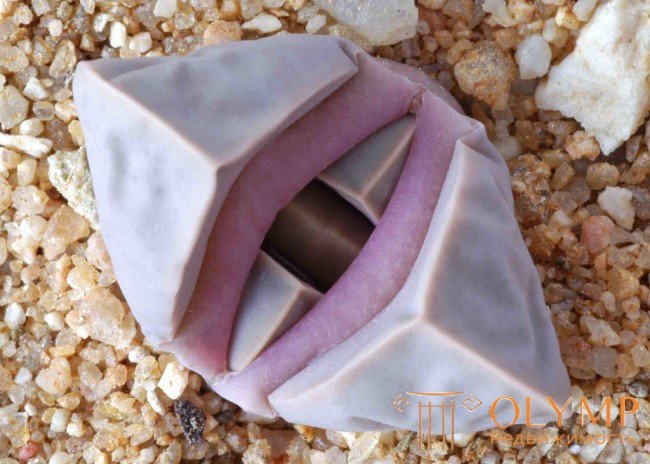
The argyroderm, like the “living stones” of Lithops, strikes the imagination with form - it looks like a man-made, regular and geometrical
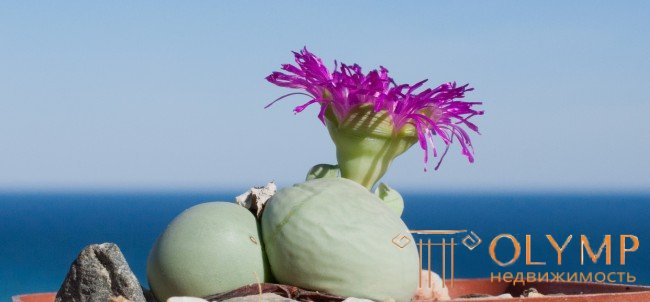
Argyroderma flowers are very large compared to the size of the whole plant, bright and decorative
All these types of succulents can often be found in landscape compositions, they fit well into the interior of city apartments.

A very numerous family of closures is extremely popular in gardening. Everyone's favorite money tree belongs to him

Succulents look beautiful in any interior, be it a house or a city apartment, and their decorative possibilities are simply endless.
Что бы оставить комментарий войдите
Комментарии (0)